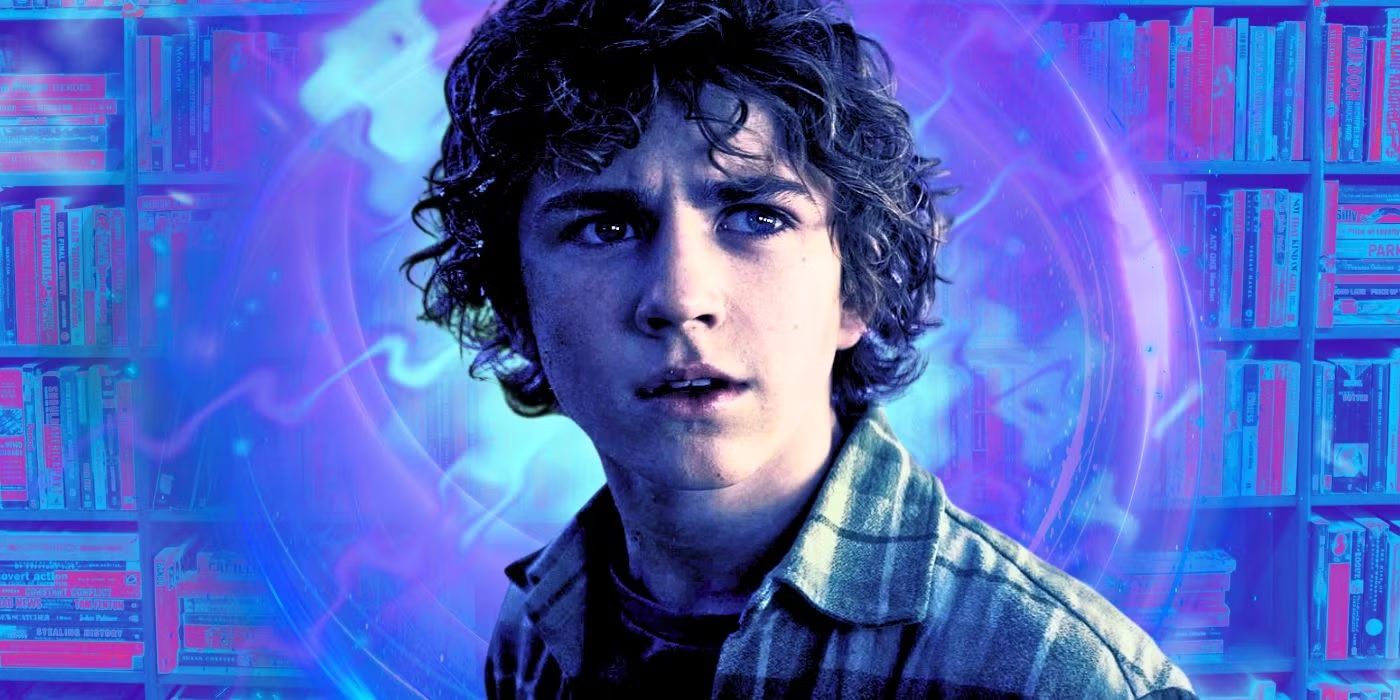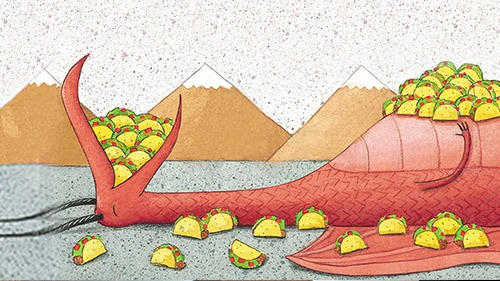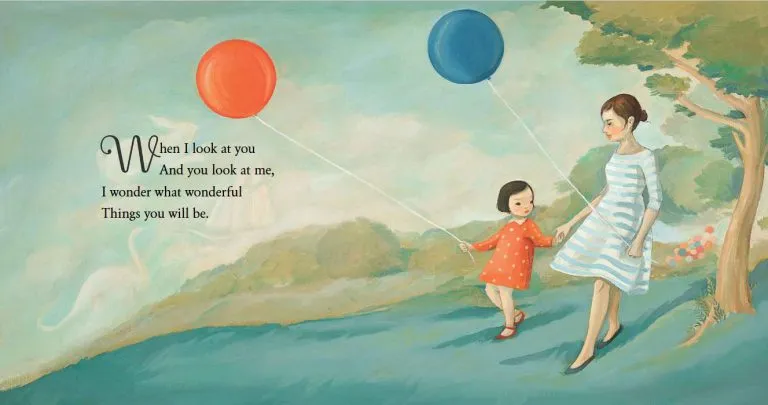Can Teenagers Fix Our Government?

The recent Iowa caucus debacle could serve as a primer on America’s not-quite-representative system of government. The malfunctioning app. The reporting delays and inconsistencies. The delegates determined by coin tosses and names in hats, the confusing first and second alignments, the discrepancy between who got the most delegates and who got the most votes, the built-in barriers to access created by having to stand in a gym for hours at a specific time of a specific day. Is this really the best we can do?
But if Iowa is an extreme example, it is by no means an anomaly, as Elizabeth Rusch demonstrates for young readers in her fascinating YOU CALL THIS DEMOCRACY? (Houghton Mifflin Harcourt, 253 pp., $9.99; ages 12 and up). The book’s objective is simple: to enumerate all the ways that our “more perfect Union” falls short of its stated ideals.
“Does our democracy live up to the principle of one person, one vote?” Rusch asks. “Is political power equally accessible to all citizens?” No and no. So how can we make our democracy more democratic?
Like many well-executed books written for smart teenagers, “You Call This Democracy?” is enlightening for adults as well. With the help of eye-popping infographics, Rusch shows how our government disenfranchises segments of the population.
There’s the Electoral College, which has awarded the presidency to the loser of the popular vote twice in this young century alone, and the Senate, which gives disproportionate power to people in smaller states.
She takes on voter suppression (did you know you can be barred from voting for “catching a lobster whose tail is too short”?), and gerrymandered districts that “resemble blood spatters, horseshoes, cartoon characters and bizarre tentacled monsters.” She shows how money corrupts our politics.
It’s hard to scroll through these “fundamental flaws in the system” and not despair: Short of moving to Wyoming, what can any of us do about it?
While some of Rusch’s suggestions will be familiar to armchair activists — register voters; sign petitions; store your representatives’ numbers in your phone — others are original and compelling, like starting a campus chapter of an organization that supports publicly funded elections or helping to register ex-offenders to vote.
Rusch offers frequent examples of successful young activists, including a 26-year-old Michigander who started a fair redistricting group that gathered half a million signatures to get a proposal on the ballot. Voters approved the measure, and now Michigan’s districts are drawn by an independent commission.
“You may have noticed,” Rusch writes, “that most of the flaws in our democracy — gerrymandering, voter suppression and felon voting laws — are the result of problems with election laws at the state level.” State-level changes have led to federal revolutions in suffrage, L.G.B.T.Q. rights and reproductive rights, and we might go the same route to enact a national popular vote.
Rusch, the author of many nonfiction books for young readers, including the picture book “Mario and the Hole in the Sky: How a Chemist Saved Our Planet,” occasionally stretches credulity in her attempts to appear evenhanded. Yes, both sides gerrymander, but even so, the march away from representative government is not an altogether bipartisan undertaking.
Perhaps our democracy’s built-in — and growing — flaws are intractable in nature. Plenty of people in power benefit from them, which can make the prospect of marching on the Mall or contacting legislators seem hopelessly utopian. Still, Rusch asks the right question: “What would happen if laws were changed to reflect what most Americans want?” As she repeatedly reminds us, we have an obligation to try to answer it.




